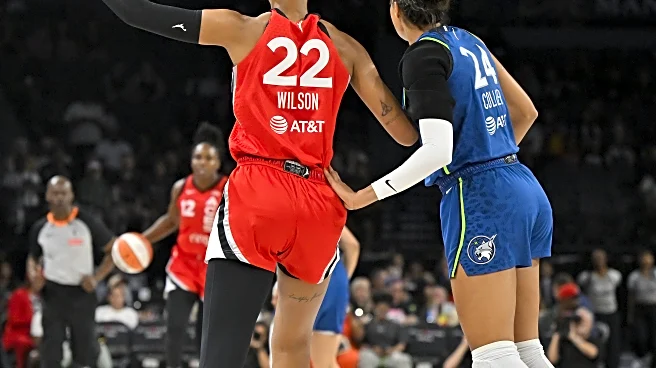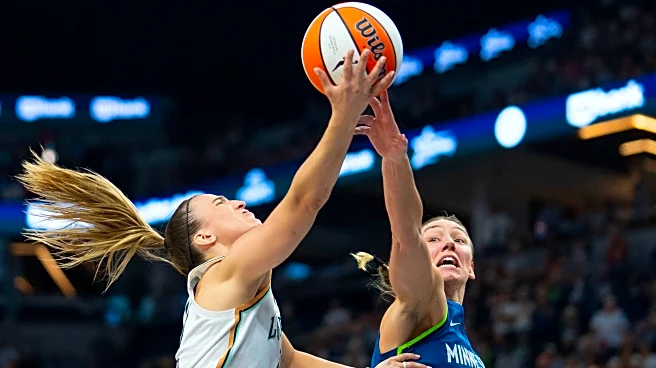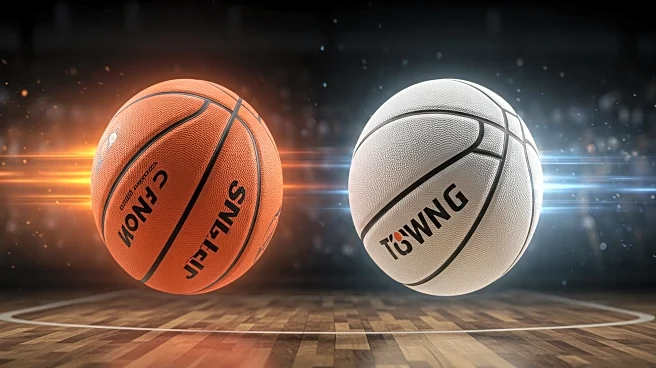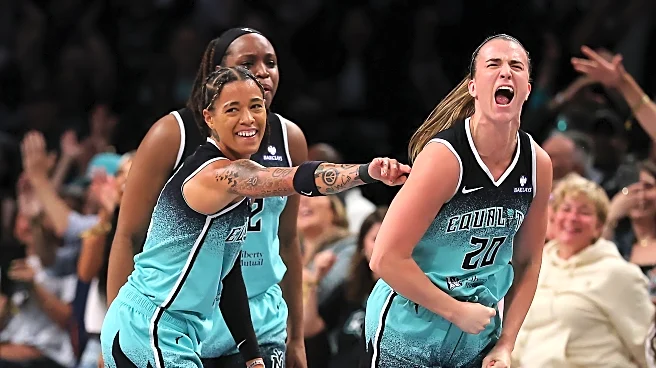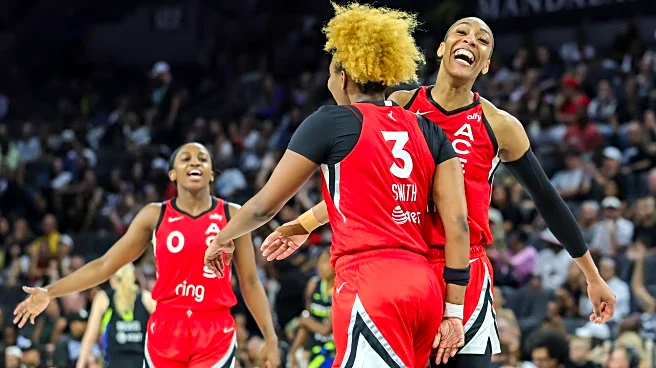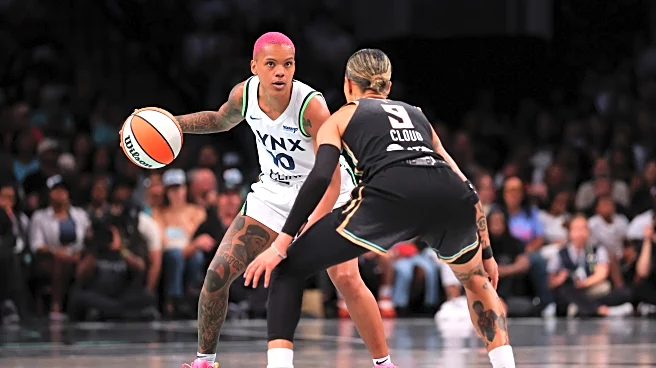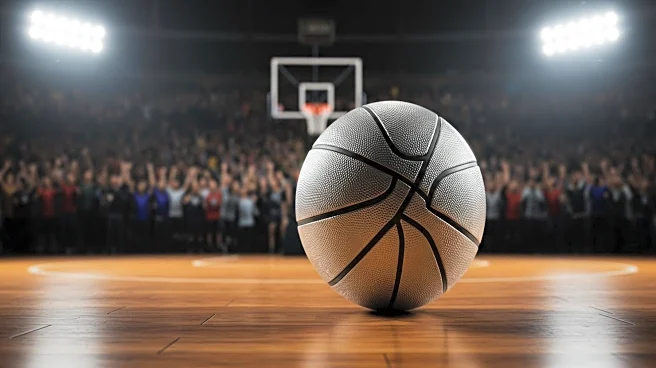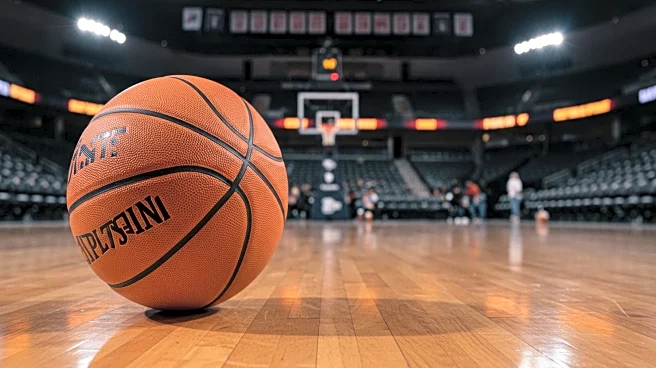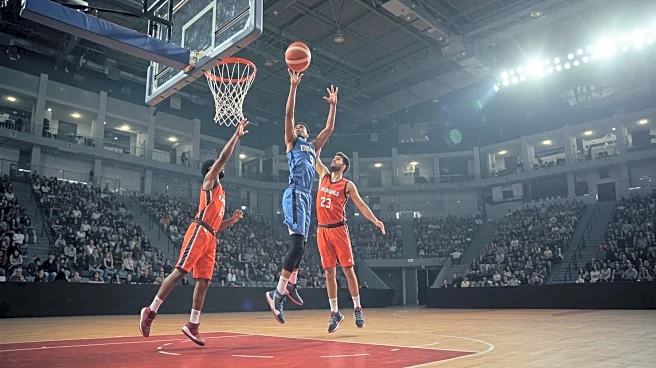
Over the past few weeks, A’ja Wilson has been putting up video game numbers.
She’s narrowed the gap on the 2025 WNBA MVP race, which now comes down to two completely different types of greatness. A’ja Wilson’s Las Vegas Aces, who struggled mightily without her, have elevated to just percentage points outside of the No. 4 seed due to A’ja’s superhuman efforts. Napheesa Collier’s Minnesota Lynx go from good to historically great with her on the court.
Their contrasting impacts force us to ask: What makes
a player most valuable?
The Floor Raiser: A’ja Wilson

The numbers tell Wilson’s story clearly. When she plays, the Aces have a +9.02 net rating—that’s like a 33-win team over a full season. When she sits, they crash to -19.55, which would be an eight-win disaster. This 28-point swing is one of the biggest on-off differences in basketball history.
Wilson lifts teams because she does everything well enough to cover up weaknesses. Her isolation scoring gives the Aces a reliable bucket when plays break down. She shoots 57 percent at the rim over the past two seasons, creating high-percentage looks and drawing fouls. While her midrange shooting (44 percent two-year average) doesn’t quite hit the threshold that justifies the volume, her dominance around the basket makes up for it.
But Wilson’s rebounding might be her most important skill. She grabs misses on both ends, giving her team extra possessions that struggling teammates desperately need. This is extremely valuable in the WNBA, where there are fewer possessions and second-chance points are much more efficient, so controlling the rebounding differential is a massive difference maker. Add in her shot blocking and rim protection, and Wilson basically functions as a one-person fix for multiple problems.
The eye test backs up the numbers. Wilson has turned this weak supporting cast into a near top-four seed, with the potential to rise as high as the No. 2 seed. Her passing from the post is the best it’s ever been, and she has created more opportunities for teammates, while her defense keeps the Aces competitive even when the supporting cast struggles. This is classic floor-raising—taking what was a fringe lottery team just a month ago and dragging them into playoff contention through pure individual dominance.
The Ceiling Raiser: Napheesa Collier

Collier’s impact works completely differently. When she sits, Minnesota still runs at a solid +7.42 net rating— a 30+ win pace that easily makes the playoffs. But when Collier is on the floor, the Lynx explode to an incredible +18.2 net rating. That number would challenge the 2000 Houston Comets’ record for the best single-season rating in WNBA history (+18.1).
This transformation happens because Collier has exactly the skills needed to amplify existing talent rather than replace missing pieces. Her 3-point shooting creates spacing that makes everyone else’s job easier. More importantly, her quick decision-making off catches prevents the stagnation that can prevent good teams from generating high-quality shots against elite defenses.
The difference between her and A’ja’s offense shows why Phee’s approach works better for amplifying great teams. Her midrange efficiency (52 percent) is incredible, although on lower volume. More importantly, her shot selection and court awareness create better looks for everyone. She’s not just making tough shots—she’s making the game easier for four other players.
On defense, Collier’s ability to switch allows Minnesota to play more aggressive schemes without getting exploited. Where Wilson dominates one area (the paint), Collier provides flexibility that unlocks more team-wide advantages. Combined with her quick passing, this transforms a great team into a historic team.
So, what it value?
These contrasting impacts raise big questions about basketball value. Wilson’s case is built on availability and necessity. Remove her from Las Vegas and the team would collapse. Her recent play suggests no other player carries a heavier load or provides more essential value to their team’s basic survival.
But Collier’s case challenges this by showing that value isn’t just about the carry job. The Lynx don’t just need Collier to be competitive; they need her to reach heights that seemed impossible. Her ability to take a playoff team and turn it into an all-time team represents a different, but equally compelling, form of value.
The verdict

Wilson has strengthened her case during Collier’s recent absence due to an ankle injury, showing she can carry enormous offensive loads while staying dominant defensively. When healthy, Collier was clearly the league’s best player this season, averaging 23.5 points, 7.5 rebounds and 3.5 assists while leading the top team. But Wilson’s consistency and availability have always been her strengths, and her ability to maintain this elite play while Collier deals with injury has closed the gap on this year’s MVP race and might sway voters.
This MVP race ultimately reflects two different philosophies of basketball value that are both valid.
- Wilson represents the classic MVP model: the player whose team would be lost without them, the player whose individual excellence prevents disaster. Her floor-raising ability provides immediate, concrete value that any franchise would want.
- Collier represents a more modern interpretation. Her ceiling-raising impact might be less essential for basic competitiveness, but more valuable for ultimate success. In a league where championships matter most, the ability to transform good teams into historically great ones carries huge weight.
Neither approach is better—they’re just different paths to basketball greatness. Does “most valuable” belong to the player who carries the heaviest load, or the player whose impact boasts the highest ceiling?
You decide.
